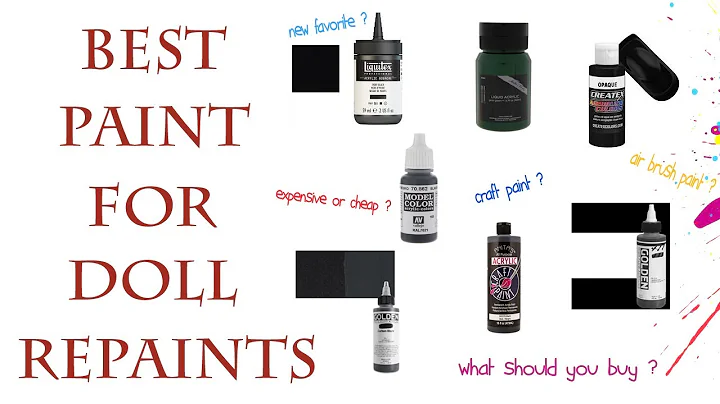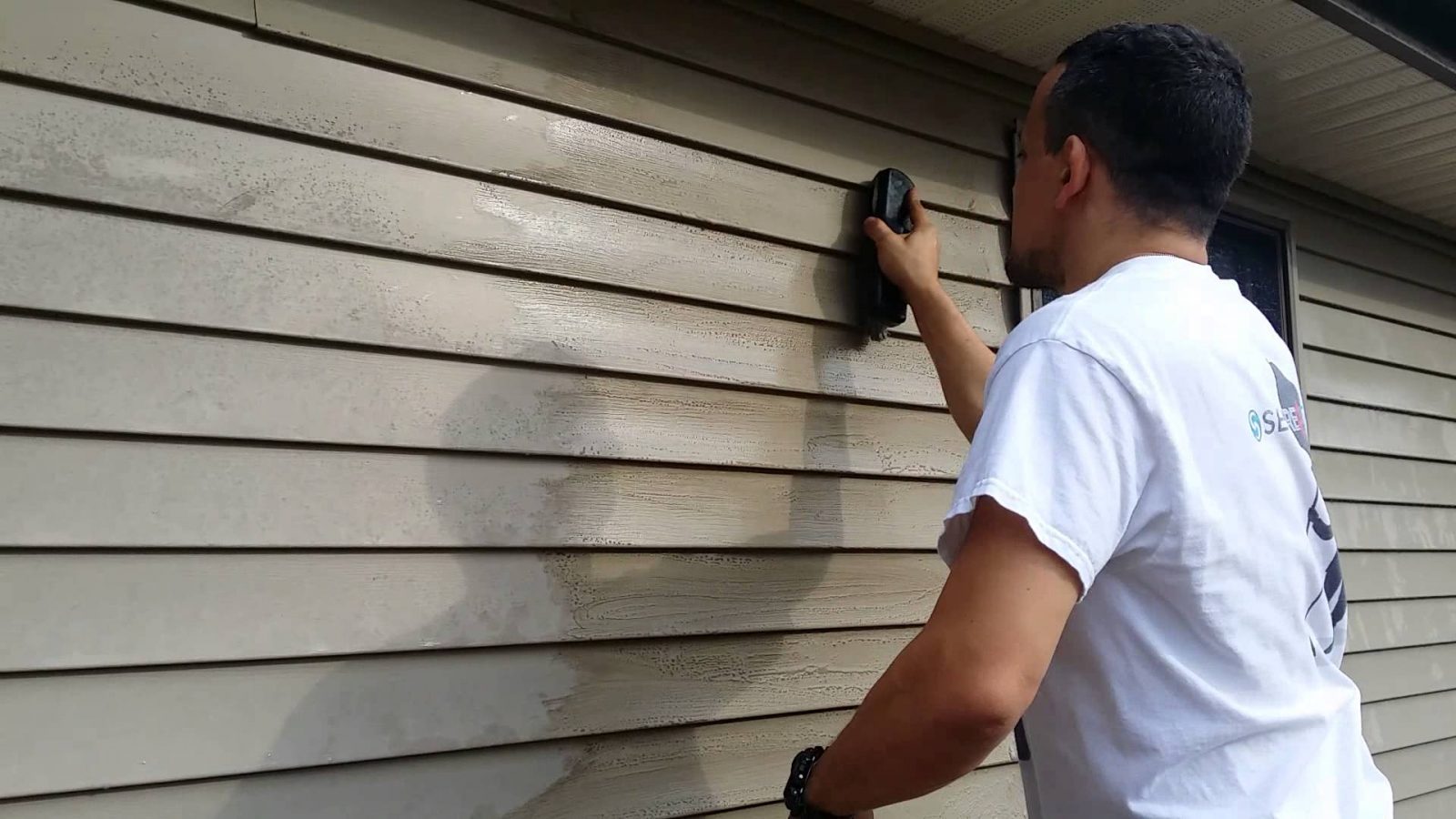What Kind Of Paint Do You Use On Vinyl

Vinyl siding, a popular and durable choice for homeowners, offers long-lasting protection and aesthetic appeal. However, sometimes a fresh coat of paint is desired to update the look or address fading. Choosing the right paint for vinyl is crucial to ensure proper adhesion, prevent warping, and achieve a lasting finish.
The selection of paint directly impacts the longevity and appearance of your vinyl siding. Using the wrong type can lead to peeling, bubbling, or even damage the vinyl itself. Understanding the nuances of paint chemistry and vinyl properties is key to a successful painting project.
Understanding Vinyl and Paint Compatibility
The critical factor is using a paint specifically formulated for vinyl. Acrylic latex paints are generally recommended. These paints are flexible, allowing them to expand and contract with the vinyl as temperatures fluctuate.
Avoid using oil-based paints. These paints tend to harden and become brittle, preventing the necessary flexibility and potentially damaging the vinyl siding.
Key Considerations for Paint Selection
Color plays a significant role. The Vinyl Siding Institute (VSI) advises against choosing a darker color than the original siding. Dark colors absorb more heat, potentially leading to warping or distortion.
Acrylic latex paints with a light reflectance value (LRV) of 55 or higher are recommended, especially for warmer climates. This measurement indicates how much light a color reflects; higher LRV values mean less heat absorption.
Primer is another important consideration. While some self-priming paints exist, using a separate primer designed for vinyl can improve adhesion, especially on older or chalky surfaces. Look for primers specifically labeled for use on vinyl siding.
The Painting Process: Preparation is Paramount
Proper preparation is essential for a successful paint job. Start by thoroughly cleaning the vinyl siding to remove dirt, mildew, and chalky residue.
A pressure washer can be used, but use a low-pressure setting to avoid damaging the vinyl. Alternatively, scrub the siding with a mild detergent and water.
Repair any damaged areas before painting. Fill cracks or holes with a suitable vinyl repair compound. Allow the repair to dry completely before proceeding.
Application Techniques for a Professional Finish
Apply the paint in thin, even coats. Avoid applying too much paint at once, as this can lead to drips and runs. Several thin coats are preferable to one thick coat.
Use a high-quality brush, roller, or sprayer. The choice depends on the size of the project and your personal preference. A brush is best for detailed areas, while a roller or sprayer is more efficient for larger surfaces.
Pay attention to the weather. Avoid painting in direct sunlight or during periods of high humidity. The ideal temperature range for painting vinyl is typically between 50°F and 85°F (10°C and 29°C).
Potential Impact and Longevity
Choosing the right paint and following proper application techniques can significantly extend the life of your vinyl siding. A well-painted vinyl surface can resist fading, cracking, and peeling for many years.
This not only enhances the curb appeal of your home but also protects your investment. Regular maintenance, including cleaning and touch-ups, can further prolong the lifespan of the paint job.
Consider consulting with a paint professional or contractor for advice tailored to your specific needs and climate. They can assess the condition of your siding and recommend the best paint and application methods.
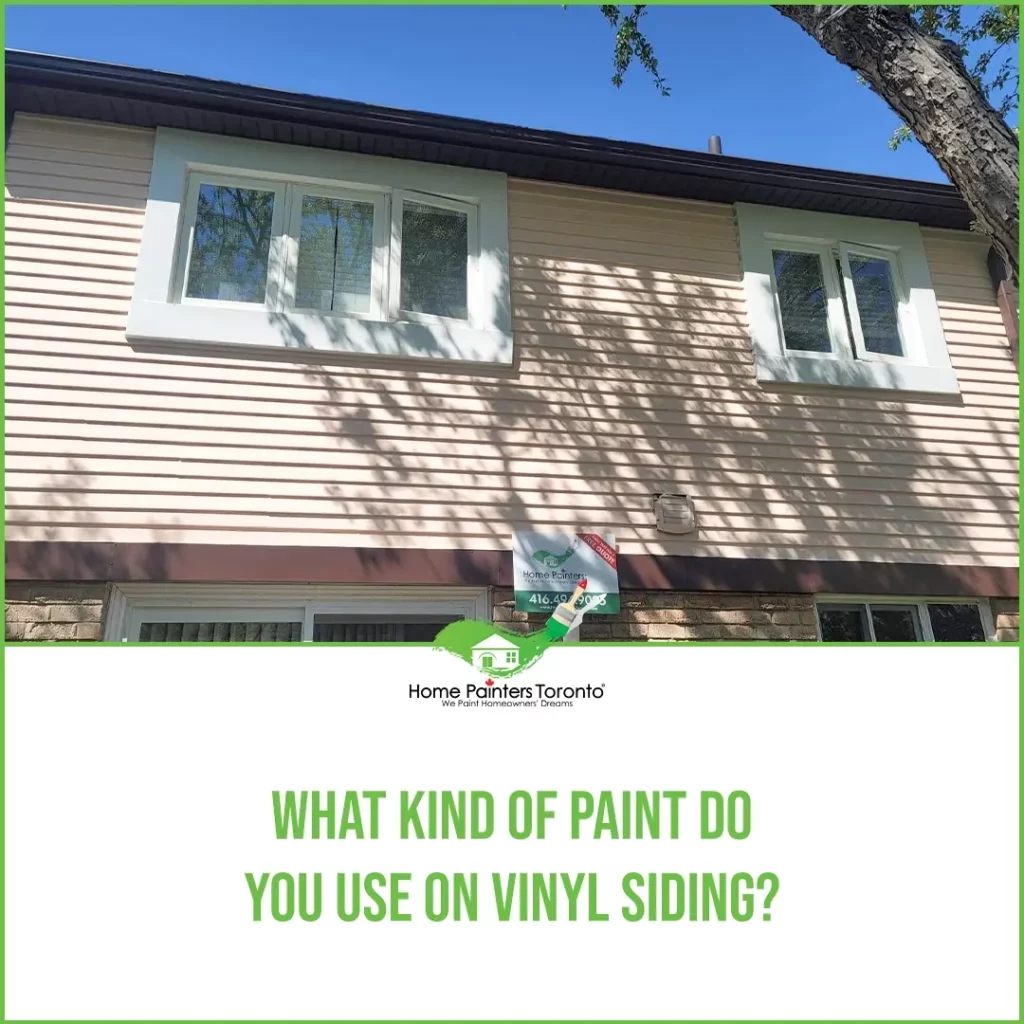


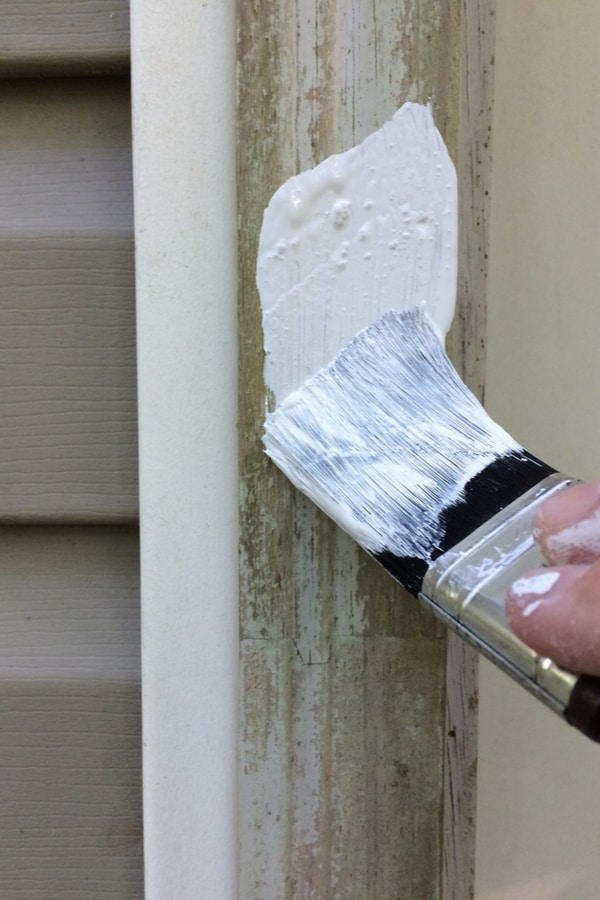







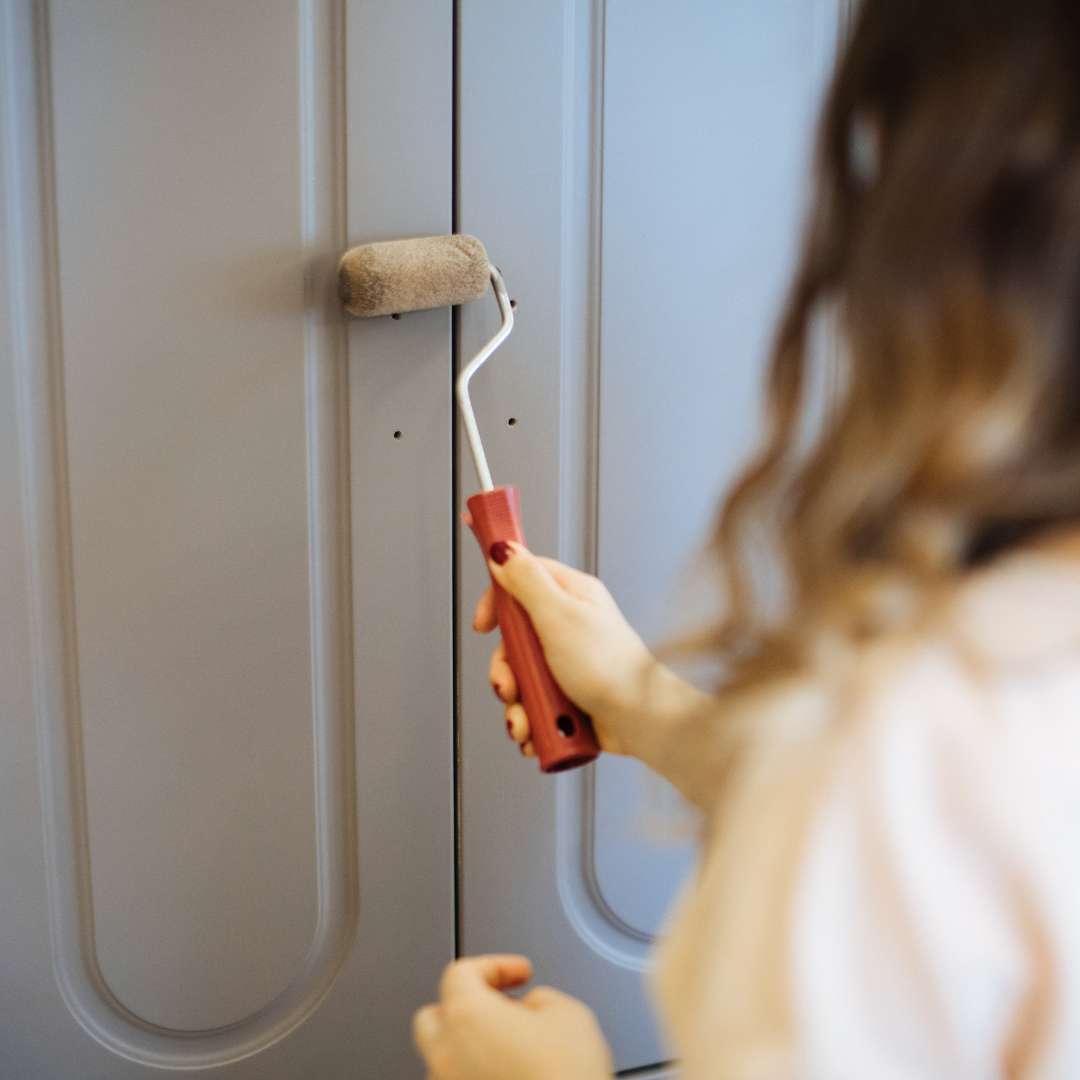


/man-painting-exterior-of-house-589983931-b050807ea06e4aceb61229ae317418aa.jpg)
